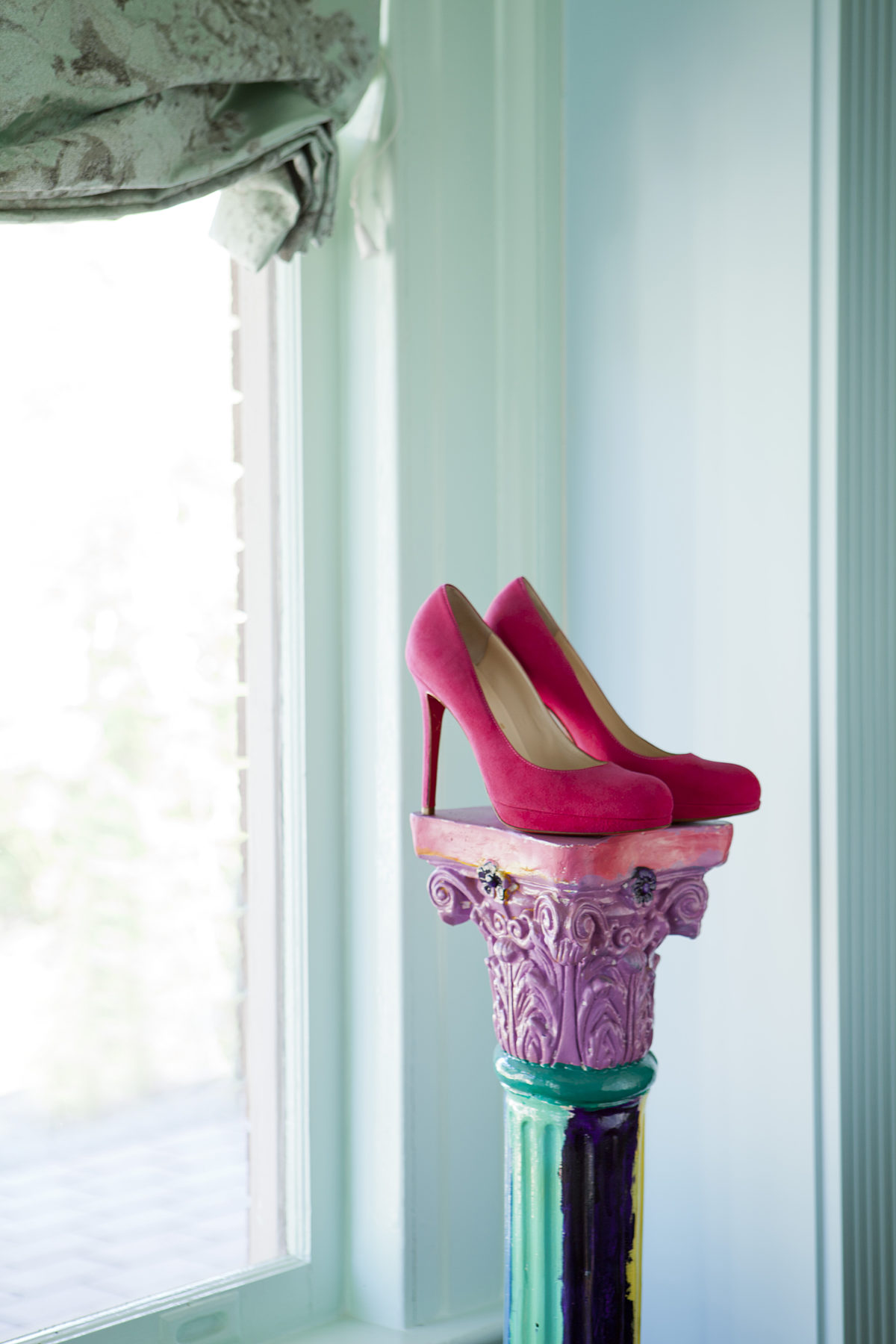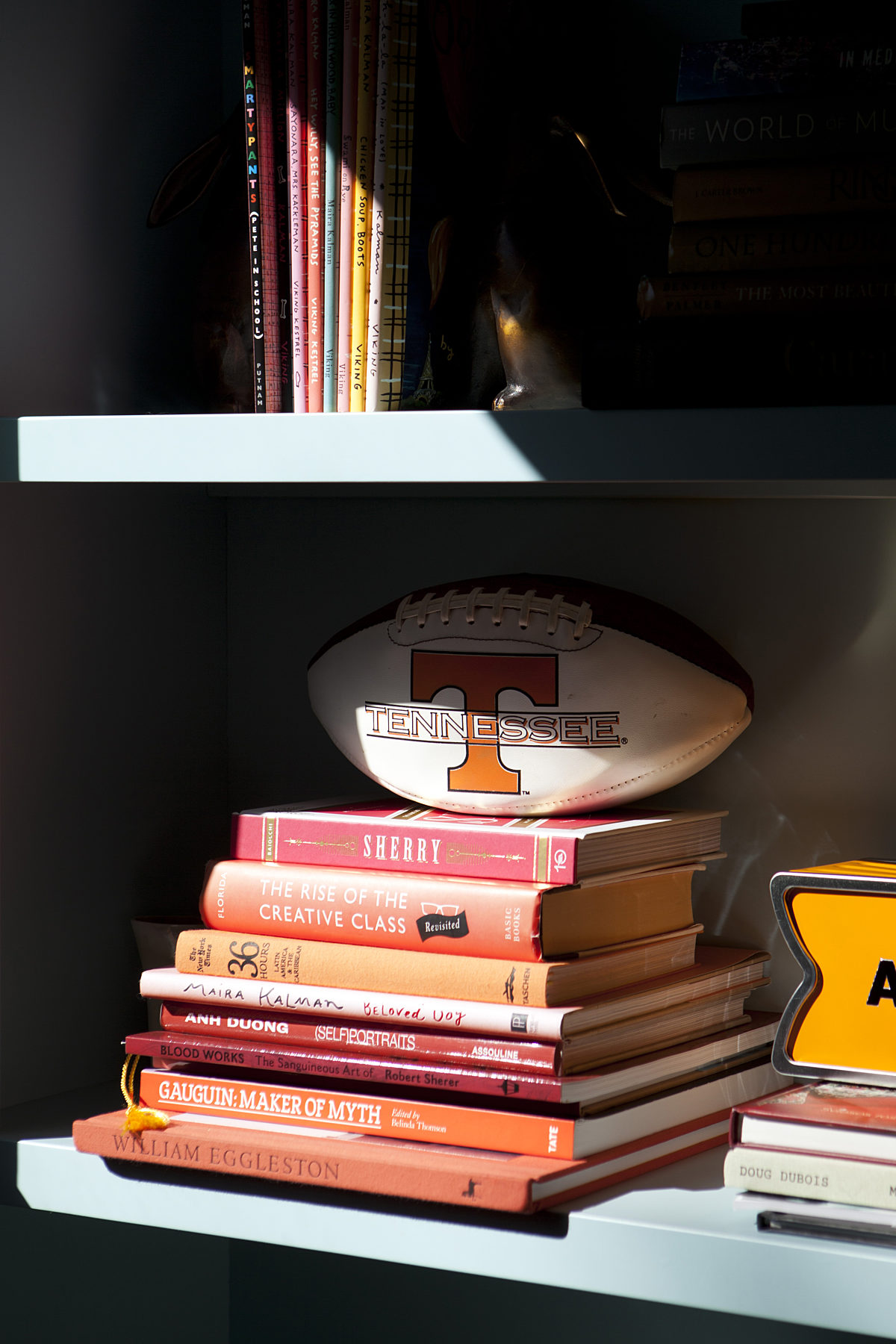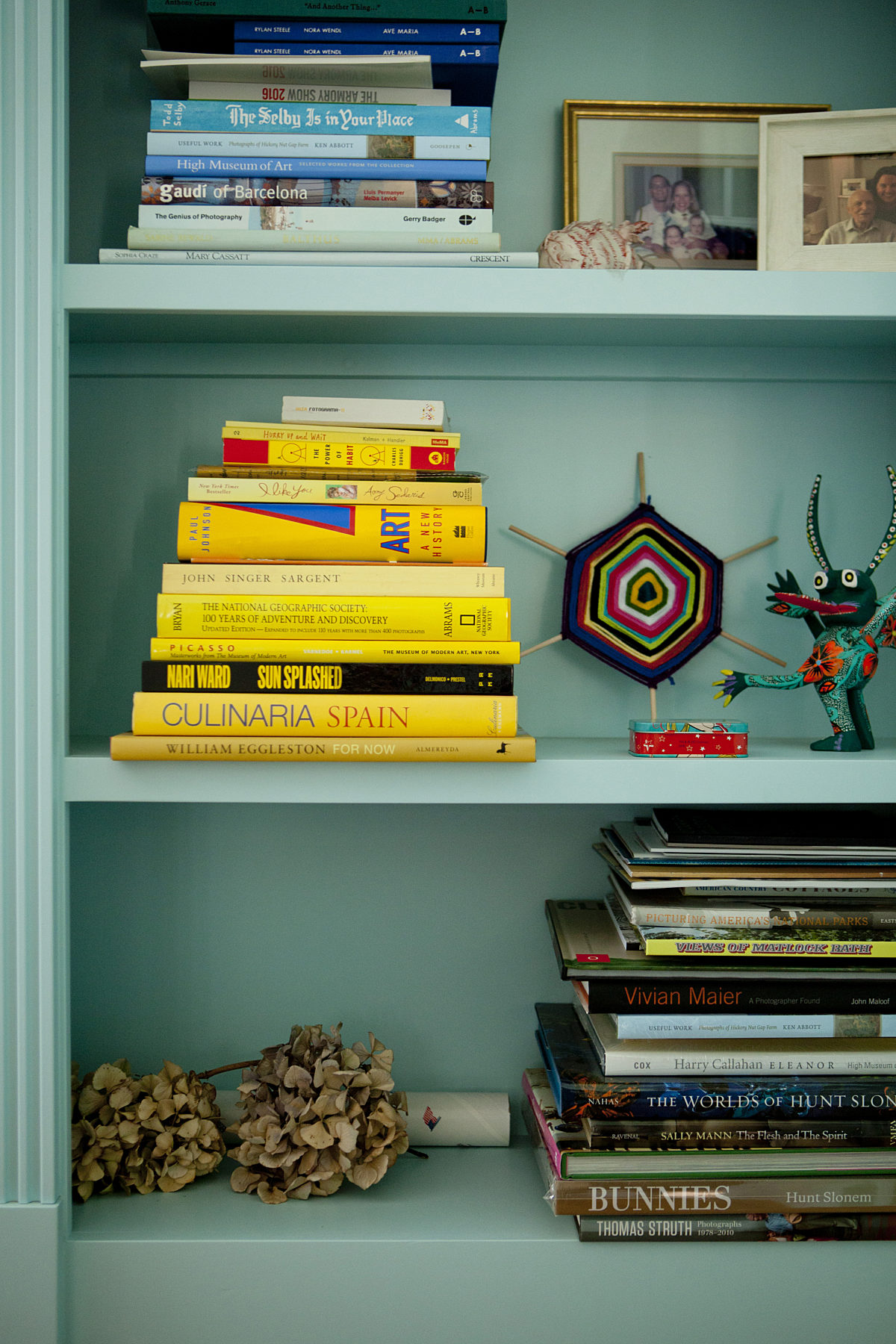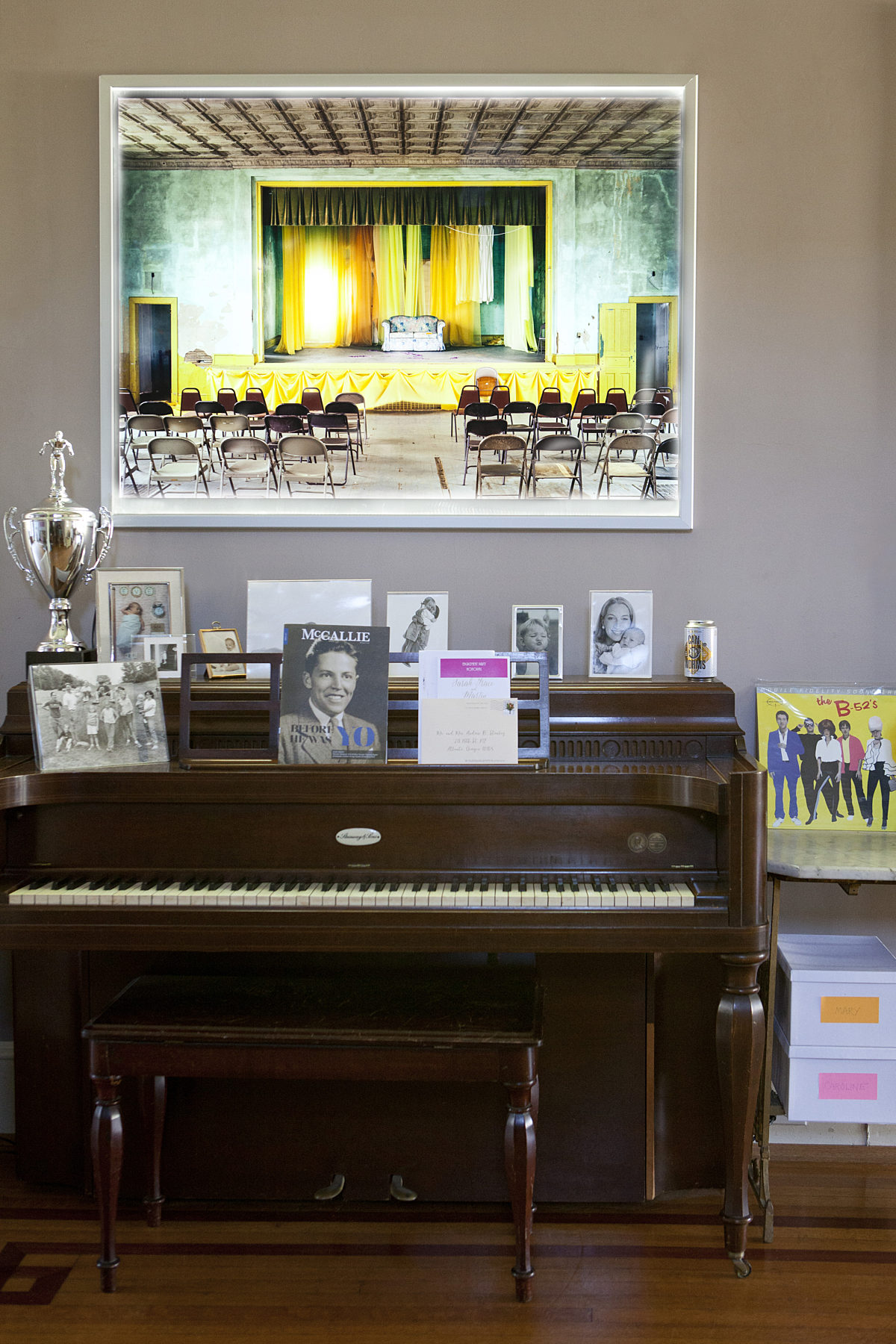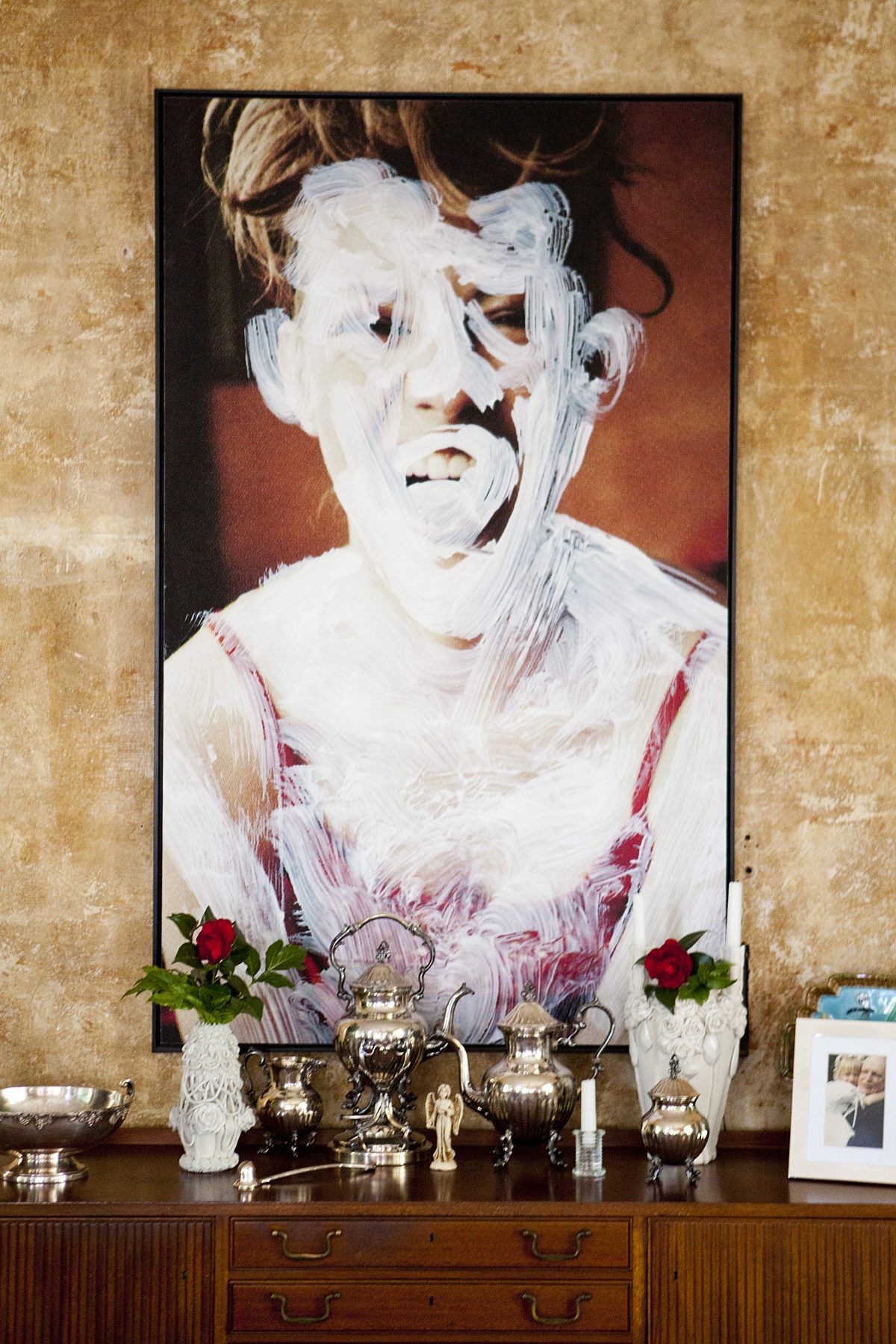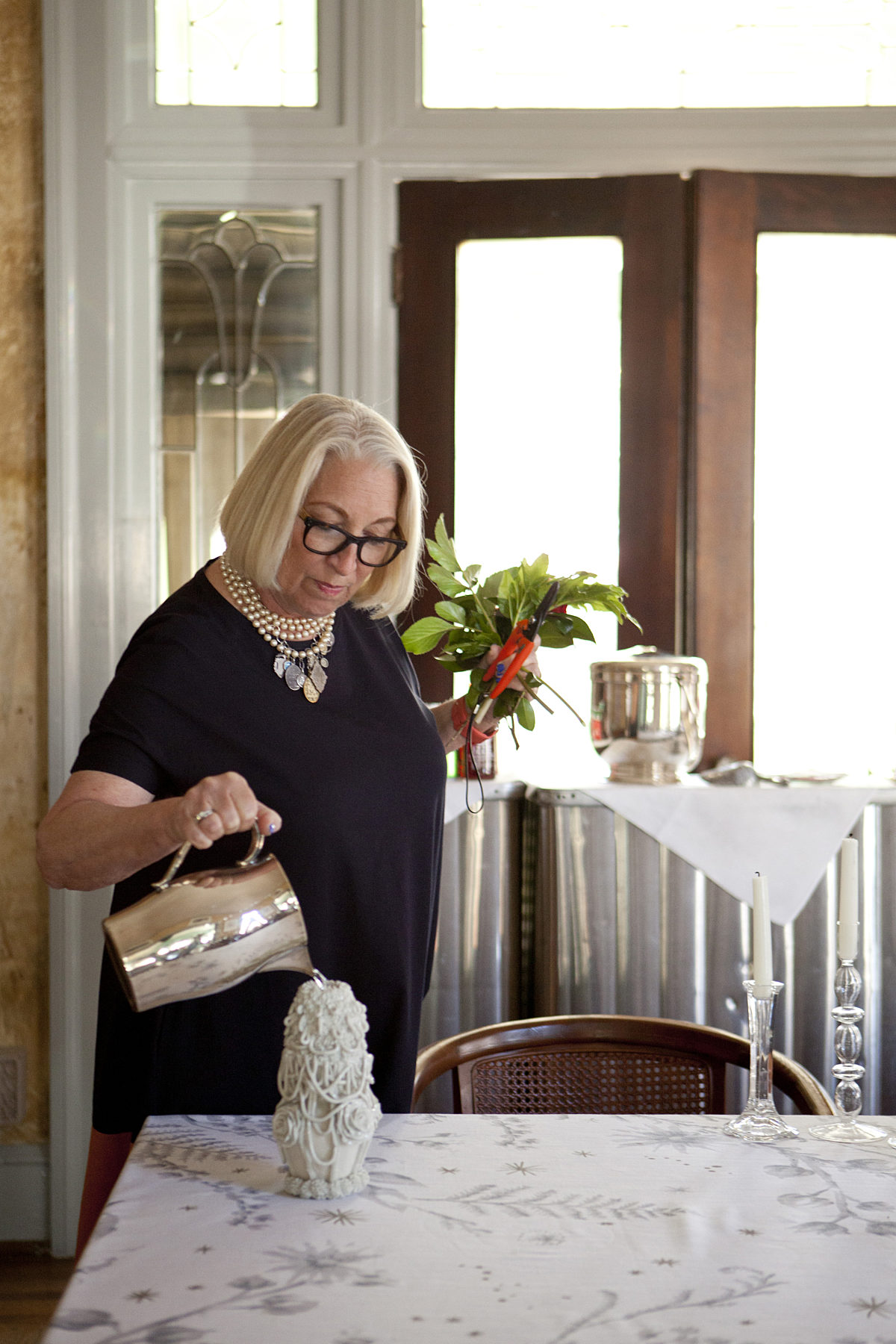Out of all of Cindy Sherman’s cinematic influences, it’s Alfred Hitchcock’s Rear Window (1954) that she recalls most vividly from childhood. As curator Paul Moorhouse points out in the exhibition catalogue for Sherman’s retrospective at London’s National Portrait Gallery, running from June 27th to September 15th, the artist shares striking similarities with the film’s protagonist, who observes strangers from afar and imagines the intimate details of their lives.
For four decades, Sherman has cast herself as new characters based on what she sees. In her beloved “Untitled Film Stills” (1977–80), she played leading roles in imaginary films, but with familiar archetypes—women who are vulnerable, distraught, longing, or on the run; the object of her fear or desire just beyond the frame.
Cindy Sherman, Untitled Film Still #21, 1978. Courtesy of the artist and Metro Pictures, New York.
As time passed, Sherman’s quiet subversions of femininity blossomed into more pointed, caustic, or grotesque takes. She became famous art-historical subjects with fleshy prosthetic breasts; depicted herself as dead or monstrous in the sylvan world of fairy tales; and assumed the identities of childhood-nightmare-inducing clowns. This decade, she has been preoccupied with concepts of social status, aging, and the commodification of beauty on the internet. Her Instagram account is a work of art in itself. In an age when people are Facetuning their visages into uncanny-valley likenesses, Sherman, too, digitally stretches, nips, and tucks her features to show the artifice of online personas.
Since her rise to prominence in the 1980s, younger artists have been influenced by the alternate plane where Sherman’s personas reside. As Moorhouse has pointed out, Sherman does not impersonate specific people—“Instead, her invented characters occupy a private world: one whose cultural sources are readily recognisable, but which is nevertheless self-contained.”
Below, six early and mid-career artists speak to the resounding impact of Sherman’s work. Each of them first encountered her photographs in high school or in undergraduate programs. Some took direct inspiration from Sherman’s images, while others simply see a kindred spirit in how they construct their narratives—but all of them have created their own conceptions of reality that can be traced back to Sherman’s pioneering, radical world.
Holly Andres
Holly Andres, Afterlight, Belmont House, 2015
There’s an eeriness to Holly Andres’s cinematic images, which often delve into girlhood, and are drawn from the filmstrip of Andres’s own adolescent memories.
The Portland, Oregon–based photographer uses protagonists who “reflect stereotypes of innocence and girlish femininity,” but the underlying themes in her work are intentionally unsettling, she explained.
Her 2015 series “The Fallen Fawn” looks like a Nancy Drew mystery, with two young girls discovering a lost suitcase in the woods. The narrative was based on Andres’s older sisters, who told her several years ago that they found such an item as children, not far from their home. Her sisters stashed it under their bed, regularly dressing up in the women’s clothing they found inside. It didn’t occur to them that the owner of the contents may have been in danger.
Holly Andres, River Road, Milepost 39 , 2015
“My two sisters, then just two curious and naive girls, could have unearthed a treasure trove containing a sinister secret,” Andres said.
Though Andres doesn’t work in self-portraiture, her fine-art work is self-referential. And while she said it’s a “rite of passage” for many young female photographers to emulate Sherman’s work during their school years—herself included—Andres continues to find new appreciation for Sherman as an adult. Andres brings cinematic flair that references Sherman, Gregory Crewdson, and Jeff Wall to her editorial stories and ad campaigns. While on a fashion assignment for New York magazine in 2017, she found herself tapping into Sherman’s “Untitled Film Stills” to help conjure her own implied narratives.
Sherman’s versatility is best appreciated when seen all together, Andres said, reflecting on visiting her MoMA retrospective in 2012. “Sherman’s motif of transforming herself into vastly different characters is compelling in and of itself,” she mused, “but to see the repetition and the evolution of this practice created something bigger.”
Read more:








